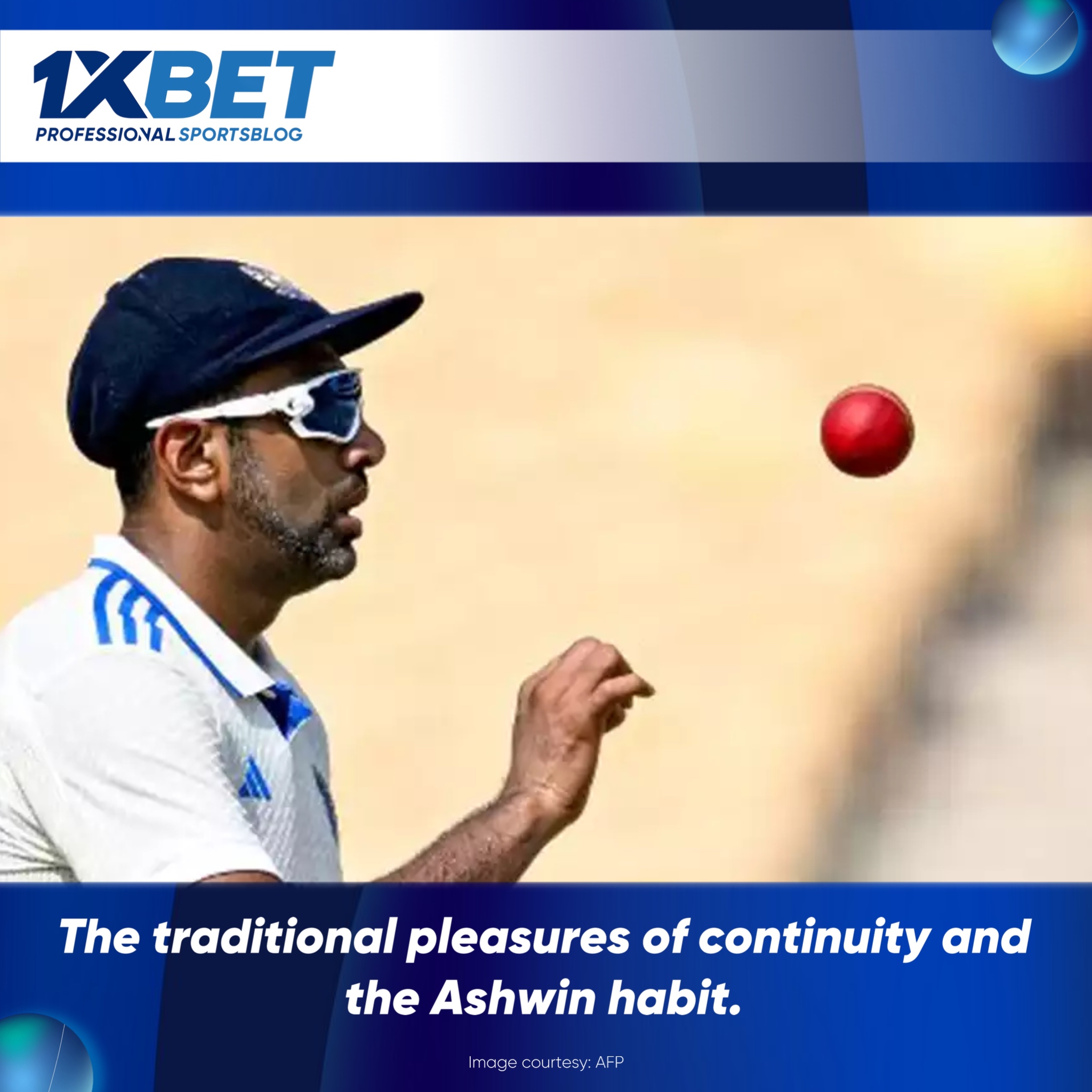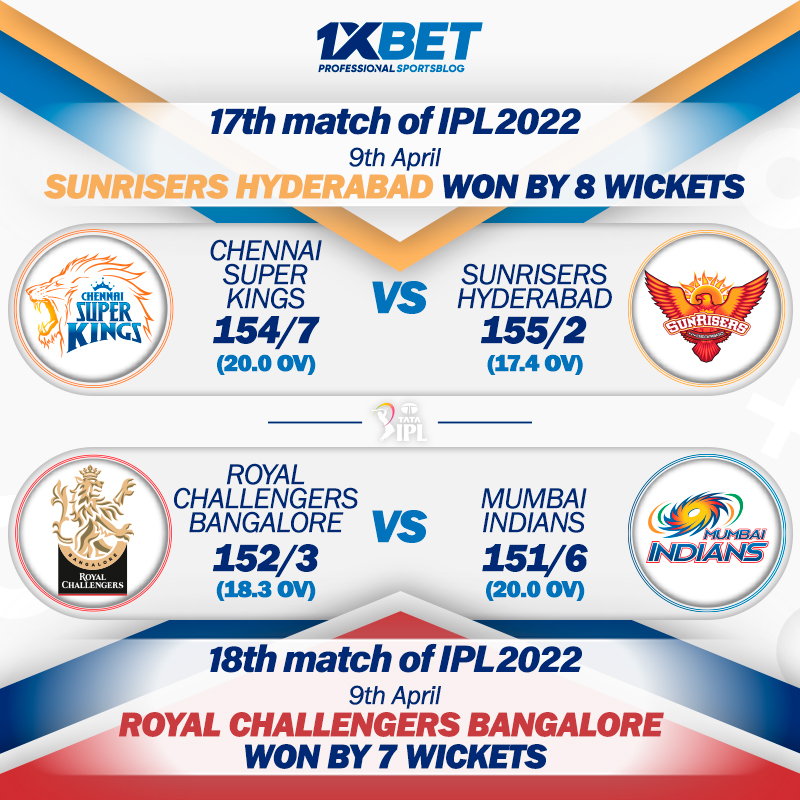Ashwin's Inevitable Dominance in Cricket

The image of Ravichandran Ashwin, standing tall with the match ball for the 37th time, is a striking yet inevitable sight. The scene unfolds just after 10.30 am when Ashwin begins bowling. Like numerous great cricketers, Ashwin carries an aura that no matter the scenario, his performance guarantees him a five-for, an unspoken yet confidently perceived promise of dominance that surfaces in the first few overs.
This palpable anticipation springs as soon as he steps on the field, even before he begins his spell, causing travel plans to advance over the last decade knowing he was set to bowl in the fourth innings. His presence and influence were strongly felt on the fourth morning of the Chennai Test when the pitch offered considerable spin.
Amidst a robust partnership between captain Najmul Hossain Shanto and veteran Shakib Al Hasan, Ashwin's advice was constantly sought. He could be seen in deep discussions with Rohit Sharma and Ravindra Jadeja about pitch and field settings.
His entrance was anticipated, and within four balls, he had already initiated tightening the grip around Bangladesh in the first Test, in a manner that was quite familiar. The fall of Shakib Al Hasan, who had attempted to defend against Ashwin, was a predictable play. The previous day witnessed a similar fate for another left-hander Mominul Haque.
This detailed anticipation of Ashwin's gameplay highlights a valuable fact: even in an era where every action and strategy is dissected, some elements remain inscrutable. Everyone has been witnessing Ashwin's wizardry for more than a decade but nobody seems to have understood how to tackle him.
For India, these Ashwin rituals now have become a comforting certainty, a reliable fallback. As India chases another WTC final with various aspects of their Test structure in transition, Ashwin's consistently exceptional gameplay is a treasured asset to have.





